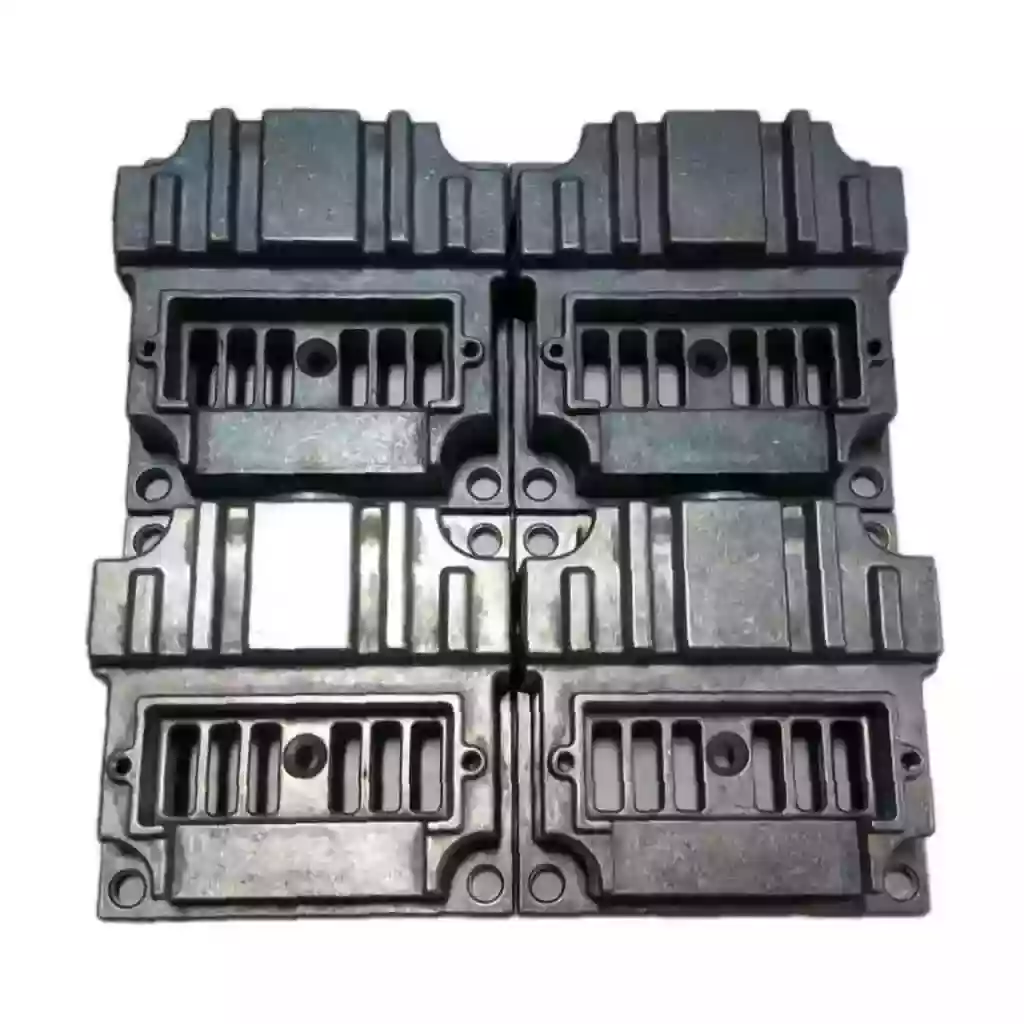Chromate Conversion Coating is a form of conversion coating used to passivate aluminum, steel, cadmium, zinc, copper, silver, titanium, magnesium, and tin alloys. This form of coating is mainly done because it serves as a corrosion inhibitor, as a primer to improve the adherence of paints and adhesives, as a decorative finish, or to preserve electrical conductivity.
It is also known for providing some resistance to abrasion and light chemical attacks on soft metals such as dirty fingers.
Chromate Conversion coatings have been used for over five decades as an effective treatment to coated or as-fabricated surfaces to boost corrosion resistance and provide a solid basis for the subsequent application of paint. Chromate aluminum coatings are a cost-effective solution to prevent aluminum from oxidizing.

They make excellent primers for painting and stand alone as highly corrosion-resistant metal surface coatings. Though primarily used for military/defense and aerospace applications, customers in all industries may benefit from chemical film coatings on their parts and components. Everyday goods like screws, fasteners, and tools are often coated with chromate conversion coatings. They frequently give white or gray metals a particularly iridescent, greenish-yellow appearance. The layer has a complicated structure and a complex composition, including chromium salts.
There are several benefits of Chromate Conversion Coating such as,
Currently, there are two kinds/classes of chromate conversion coating services available at our disposal. The MIL-DTL-5541 specification covers chemical conversion coatings that encompass protective coatings via chemical reactions with aluminum and aluminum alloy. The coatings are classified according to the following types and classes as follows,
– MIL-DTL-5541 (Type 1 – Compositions containing hexavalent chromium)
– MIL-DTL-5541 (Type 2 – Compositions containing no hexavalent chromium)
MIL-DTL-5541, also known as “Military Specification, Chemical Conversion Coatings on Aluminum and Aluminum Alloys,” covers chemical conversion coatings formed by the reaction of chemical conversion materials with the surfaces of aluminum and aluminum alloys.
This form of coating addresses compositions containing hexavalent chromium. This film typically appears to be gold or brown in color, but in some cases may be optionally specified as having no color (Having no color is described as “clear”).
This form of coating addresses compositions containing no hexavalent chromium. This film typically appears to have no color (Having no color is described as “clear”).
Class 1A: Class 1A coating is known for providing maximum protection against corrosion to both painted and unpainted surfaces. In this form of chromate conversion coating, the relatively thick coating is used as a final finish or pre-treatment to paint or powder coating.
These chemical conversion coatings protect uncoated metals from corrosion and help paint finish systems adhere to aluminum and aluminum alloys. Coatings of this sort can be utilized on tanks, tubes, and component structures, for example, where paint finishes aren’t needed on the interior but are necessary outside.
Class 3: This class of coating provides protection against corrosion where low electrical resistance is required. The coating provided is thin compared to Class 1A, and it provides low contact resistance while the coating weight is lower along with corrosion resistance. Using this thinner film in bonding applications may be advantageous, making this coating class more applicable and appropriate in certain situations.
These coatings are known for offering a corrosion-resistant surface for electrical and electronic applications that need lower resistance connections than class 1A coatings and anodic coatings in line with MIL-A-8625. Class 3 coatings are more prone to corrosion than Class 1A coatings because they are thinner. Improve the adherence of paint systems on aluminum and aluminum alloy material if regions around electrical Class 3 coatings must be painted.

Copyright © 2023 Maxim Metal Finishing